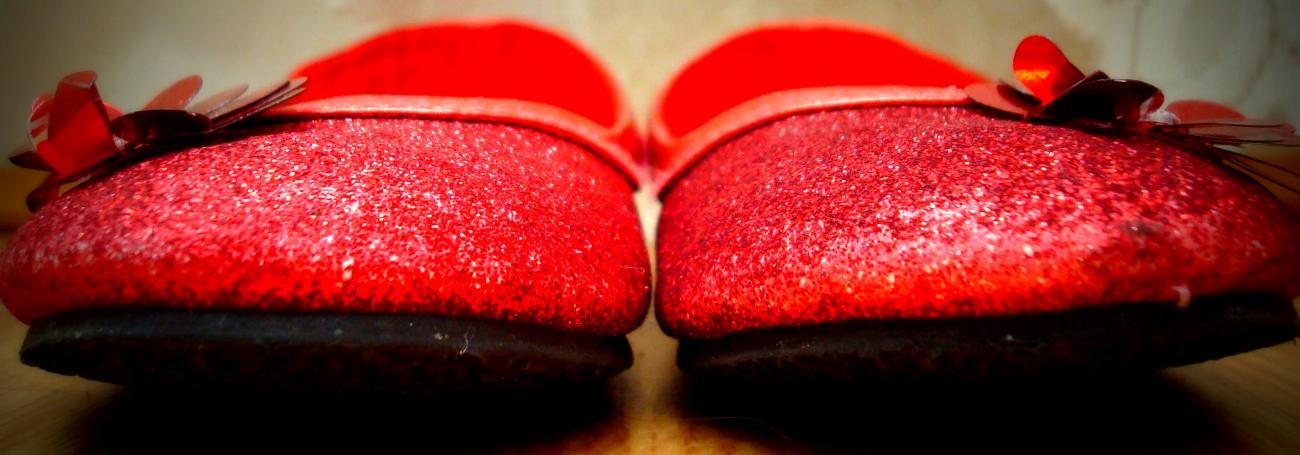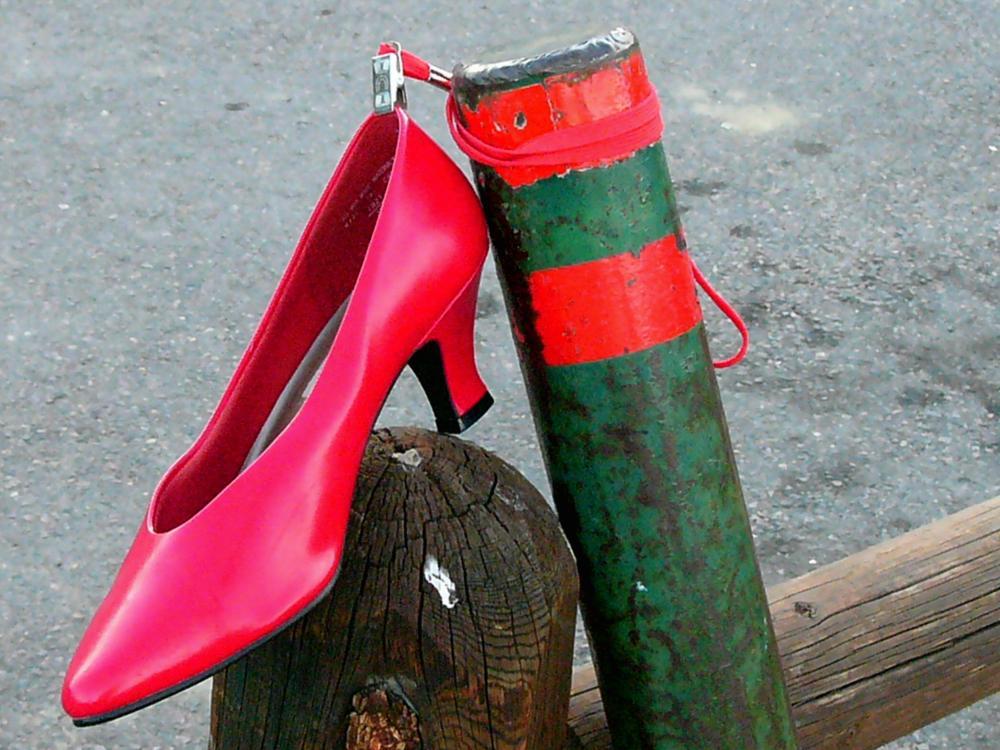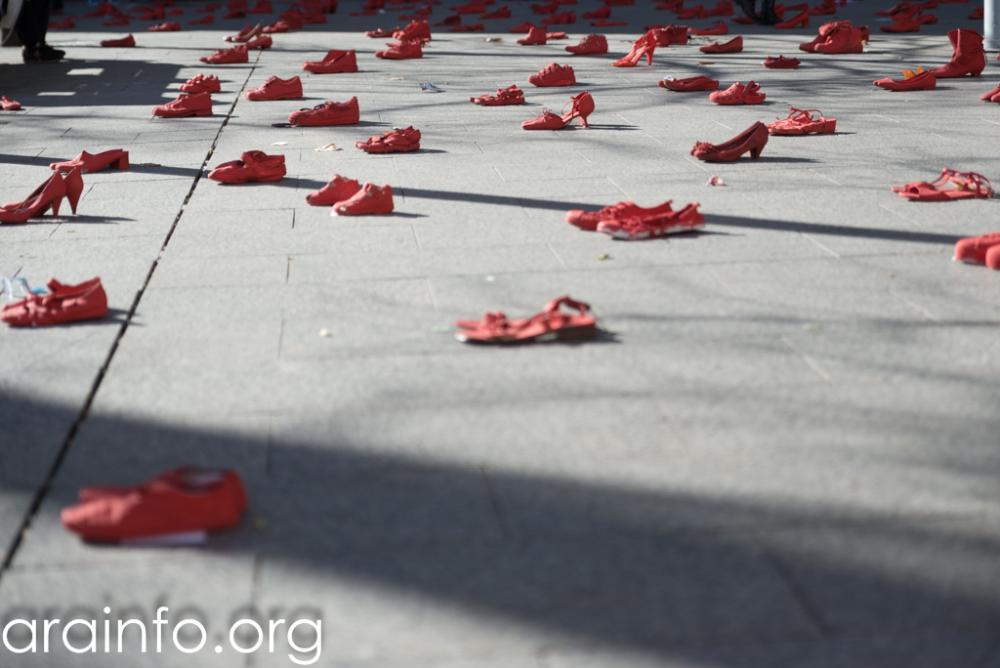
Gender-based violence is a phenomenon deeply rooted in gender inequality, and continues to be one of the most notable human rights violations within all societies. Physical, sexual, psychological or economic harm, including threats of such acts, coercion or arbitrary deprivation of liberty, whether occurring in public or in private life are some examples.
Gender-based violence often occurs within a relational context and it strengthens discourses and dynamics that criminal justice system fails to take into consideration as well as the overall experience of the parties involved. Also, only a few cases of gender-based violence are reported to the authorities and even less reach the criminal justice system as a large number of victims prefer to keep private about the situation. This is why more awareness-raising initiatives and alternative justice engagement and support are needed.
EFRJ recognises and respects the concerns that many people have over restorative responses to gender-based violence. There are real risks of victimisation due to imbalances of power and control. Such violence is often deeply traumatic for the victim. This working group will be responsible for addressing these challenges and developing models of restorative justice, which are safe, anti- oppressive and effective.




